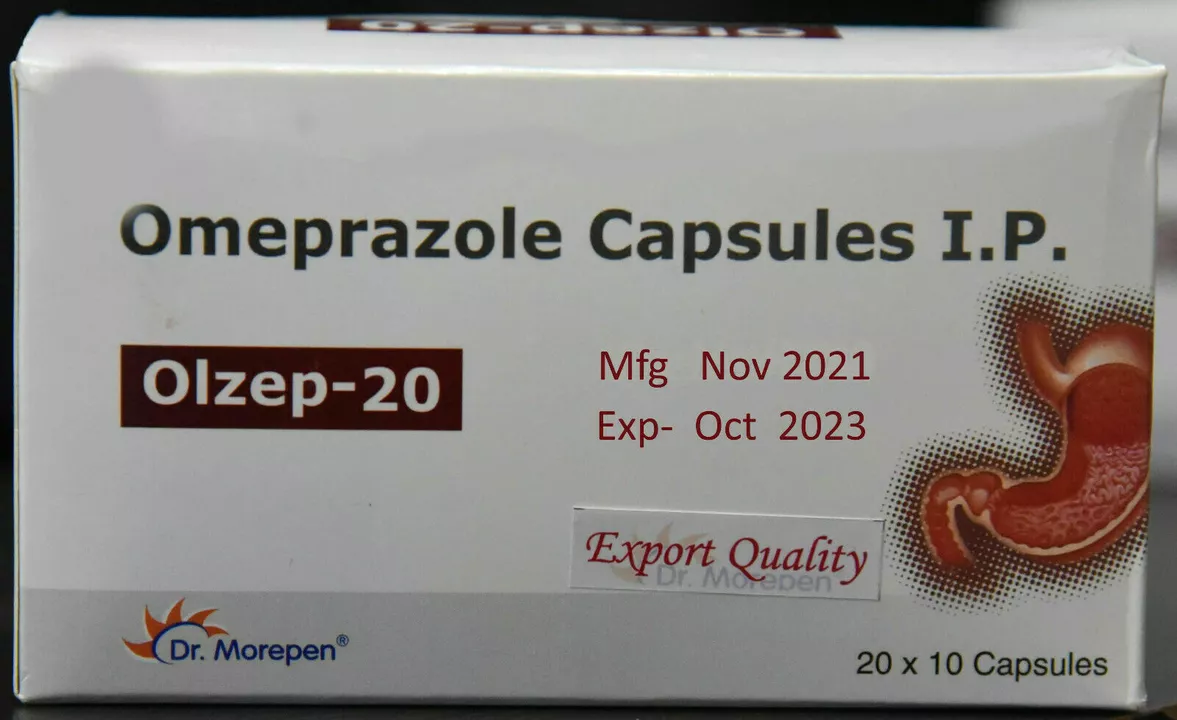In my recent blog post, I shared a step-by-step guide on how to safely stop using omeprazole. We discussed the importance of gradually reducing the dosage to prevent withdrawal symptoms and potential complications. I also emphasized the need to consult with a healthcare professional before making any changes to your medication routine. Additionally, I provided some helpful tips for managing acid reflux through lifestyle and dietary changes. Overall, it's crucial to approach the process with caution and always prioritize your health and well-being.
Managing Acid Reflux: Simple Steps for Fast Relief
If you’ve ever felt a burning sensation after a meal, you know how annoying acid reflux can be. It’s not just an occasional hiccup; frequent heartburn can mess with sleep, mood, and even your appetite. The good news is that most people can tame the problem with everyday changes and a few smart choices.
What usually sparks the burn?
Acid reflux happens when stomach acid slides back into the esophagus. Certain foods and habits make this more likely. Spicy sauces, fried foods, citrus fruits, chocolate, coffee, and carbonated drinks are the usual suspects. Eating large portions or eating too quickly also pushes extra pressure on your stomach, which can force acid upward.
Even non‑food factors matter. Smoking relaxes the lower esophageal sphincter—the valve that keeps acid where it belongs—so every cigarette you light adds risk. Stress doesn’t directly cause reflux, but it often leads to overeating or choosing trigger foods, so keeping calm helps indirectly.
Everyday fixes that actually work
Eat smaller meals more often. Splitting your daily calories into five‑to‑six modest portions reduces stomach pressure and gives the valve a better chance to stay closed.
Don’t lie down right after eating. Wait at least two to three hours before hitting the couch or bed. If you need to rest, prop yourself up with pillows so your head stays above your stomach.
Raise the head of your bed. A 6‑inch wedge under the mattress can stop nighttime reflux without changing your sleeping position.
Watch your weight. Extra belly fat squeezes the abdomen and pushes acid up. Losing even a few pounds often leads to noticeable relief.
Stay away from tight clothing. Belts or waistbands that dig into your midsection increase pressure on the stomach, making reflux more likely.
Chew gum after meals. Chewing stimulates saliva, which neutralizes acid and helps push it back down.
If lifestyle tweaks aren’t enough, over‑the‑counter options can fill the gap. Antacids such as Tums or Maalox quickly neutralize stomach acid for short‑term relief. H2 blockers like famotidine (Pepcid) reduce acid production and work for a few hours. Proton pump inhibitors (PPIs) such as omeprazole (Prilosec) are stronger, lasting up to 24 hours, but they’re meant for short courses unless your doctor says otherwise.
When you should see a professional: frequent heartburn (more than three times a week), trouble swallowing, persistent coughing, or chest pain that feels like it could be cardiac. Those signs might mean an ulcer, esophagitis, or even Barrett’s esophagus—conditions that need medical attention.
Managing acid reflux is mostly about spotting your triggers and making small, consistent changes. Start with the easy fixes—smaller meals, staying upright after eating, and cutting back on obvious culprits like coffee and fried foods. If symptoms linger, a brief stint of OTC medication can bridge the gap while you fine‑tune your habits.
Feel free to explore the other articles on ScriptCo Pharmaceuticals for deeper dives into specific meds, diet plans, and when surgery becomes an option. Your comfort is just a few simple steps away.

